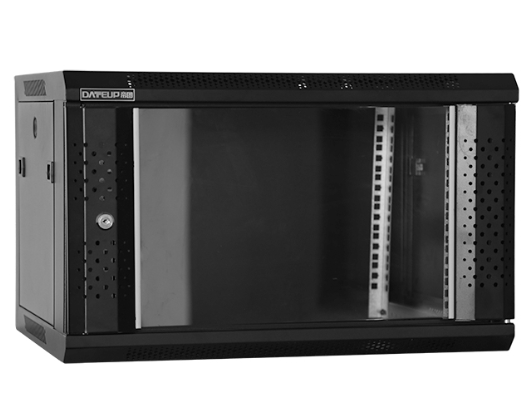News
Site Editor
 Site
https://leonetworkgroup.usa18.wondercdn.com/uploads/image/5fe152faa587d.png
Micro USB cables are used to transfer data and charge electronic devices. However, over time, these cables can wear and tear, resulting in a loss of functionality. To avoid potential issues, it is highly recommended to regularly test micro USB cables. Here are some methods to help you test your micro USB cable.Method #1: Visual InspectionThe first thing you should do is a visual inspection of the
Site
https://leonetworkgroup.usa18.wondercdn.com/uploads/image/5fe152faa587d.png
Micro USB cables are used to transfer data and charge electronic devices. However, over time, these cables can wear and tear, resulting in a loss of functionality. To avoid potential issues, it is highly recommended to regularly test micro USB cables. Here are some methods to help you test your micro USB cable.Method #1: Visual InspectionThe first thing you should do is a visual inspection of the
How To Test Micro Usb Cable
Views: 2190
Author: Site Editor
Publish Time: 2023-07-12
Origin: Site
Micro USB cables are used to transfer data and charge electronic devices. However, over time, these cables can wear and tear, resulting in a loss of functionality. To avoid potential issues, it is highly recommended to regularly test micro USB cables. Here are some methods to help you test your micro USB cable.
Method #1: Visual Inspection
The first thing you should do is a visual inspection of the cable. Check for any physical damage like frayed cable, damaged connectors, bent pins or rusting. If you see any of these signs, it is most likely that your cable is damaged and needs to be replaced.
Method #2: Power Output
To test the power output of the micro USB cable, you can use a multimeter. Set your multimeter to measure voltage. Connect one of the probes to the USB connector’s positive terminal and the other one to its negative terminal. Ensure that the cable is already connected to a device. If you see a voltage reading close to the rating of the device the cable is connected to, that means that it is working properly. If not, the cable may be damaged, and you need to replace it.
Method #3: Data Transfer
You can test the data transfer function of your micro USB cable by connecting your device to your computer and checking if it is recognized. When you connect the device, you should see a notification in your computer, indicating that you have connected a USB device. If the device is not detected, try another USB port or replace the cable and try again.
Method #4: Bend Test
This test involves bending the cable at different angles to see if it can hold its shape. A good micro USB cable should retain its original shape even after being bent several times. If the cable breaks or is excessively flexible, then it is not suitable for use.
Method #5: Cable Testers
For a more comprehensive test, you can use a cable tester that checks the cable’s conductivity, resistance, short circuits, and other factors. There are different types of cable testers available, ranging from manual testers to sophisticated ones that come with a display interface, such as the USB Multi-Function Cable Tester.
In conclusion, testing your micro USB cables is essential to ensure that they are in good condition and functioning appropriately. With these simple methods, you can quickly identify any problems and decide whether it’s within your ability to fix or if you need to replace the cable. By taking care of your cables, you can extend their lifespan and avoid issues with your electronic devices.
If you want to know more about industrial network cabinet,china fiber optic splice closure,china fiber optic distribution box,please consult the fiber optic splice closure factory









